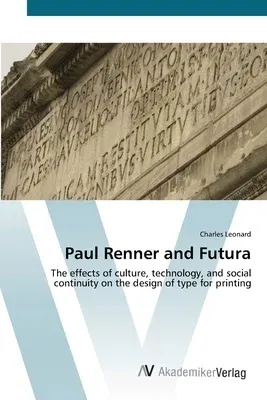Charles Leonard
(Author)Paul Renner and FuturaPaperback, 2 July 2012

Qty
1
Turbo
Ships in 2 - 3 days
In Stock
Free Delivery
Cash on Delivery
15 Days
Free Returns
Secure Checkout
Print Length
116 pages
Language
English
Publisher
AV Akademikerverlag
Date Published
2 Jul 2012
ISBN-10
3639435338
ISBN-13
9783639435337
Description
Product Details
Author:
Book Format:
Paperback
Country of Origin:
US
Date Published:
2 July 2012
Dimensions:
22.86 x
15.24 x
0.71 cm
ISBN-10:
3639435338
ISBN-13:
9783639435337
Language:
English
Pages:
116
Publisher:
Weight:
181.44 gm

